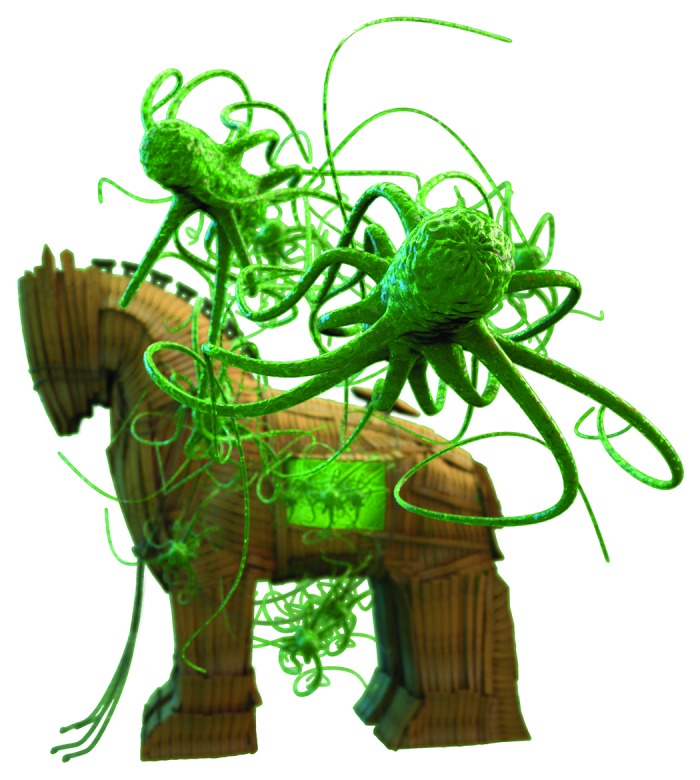
Figure 1. Hypervirulent Salmonella utilize a “Trojan Horse” strategy—exposing their virulence functions only during the infective process—but appearing much like other less-virulent strains in the environment. Entry into an animal host signals a dramatic shift in gene expression that is characterized by elevated toxin production coupled with the disruption of the host innate immune cytokine response necessary to execute antimicrobial activities. Exposure to ex vivo conditions signals a rapid transition to a less-virulent state characterized by more competitive growth in the environment. This rapid and reversible switching allows the bacterium to rapidly adapt to disparate hosts/environments without undergoing irreversible changes in the genome—providing a means for increased immune evasion/disruption, heightened disease and increased maintenance in nature. Hypervirulent Salmonella are among the most virulent of this species and are difficult to detect by current diagnostics. Credit: Peter Allen, UC Santa Barbara.
